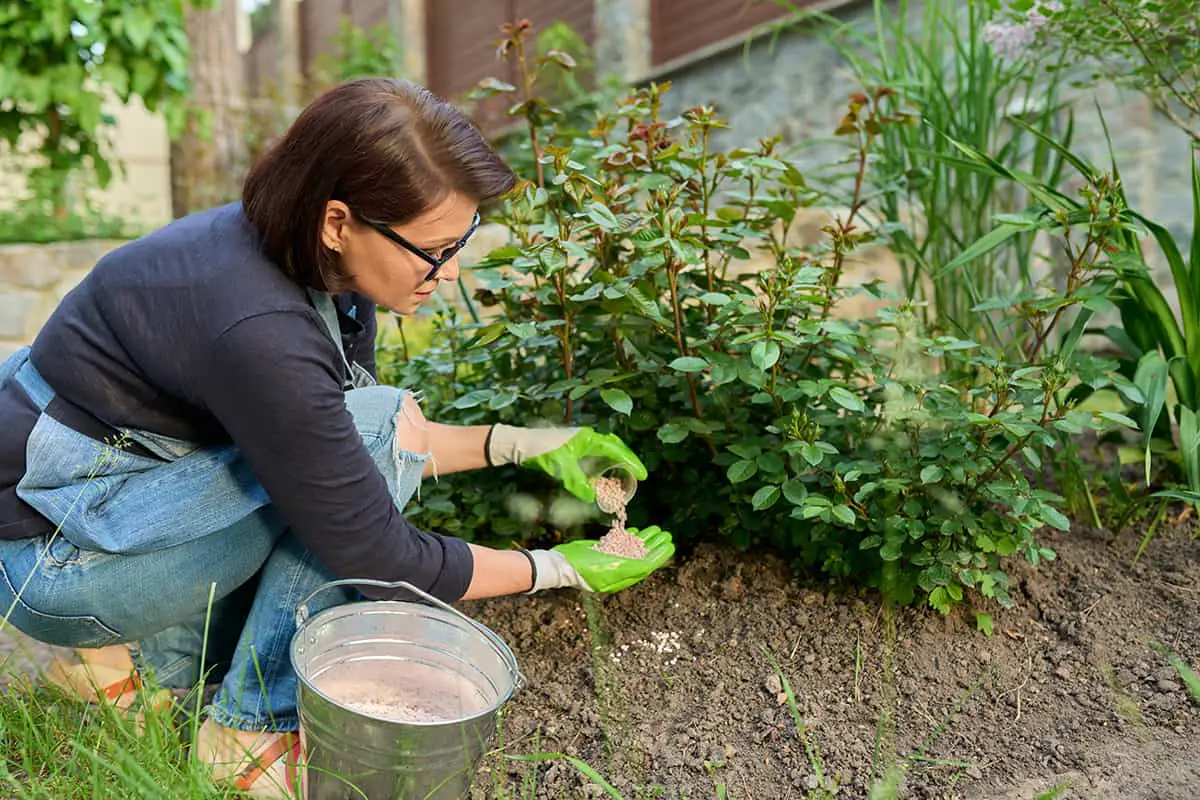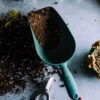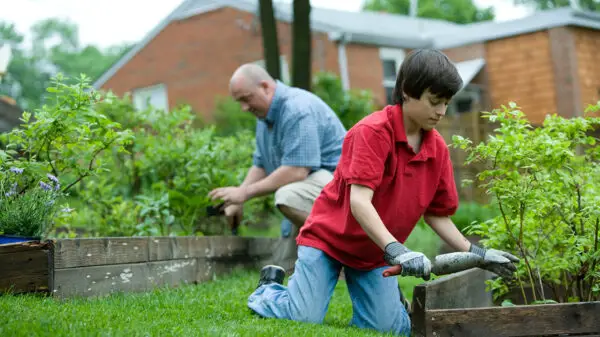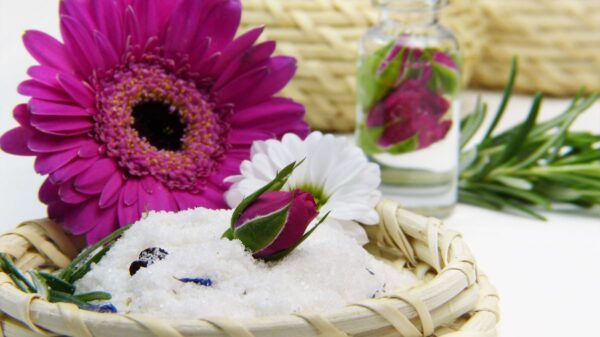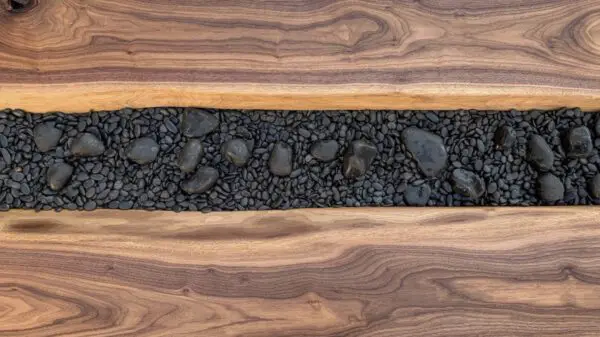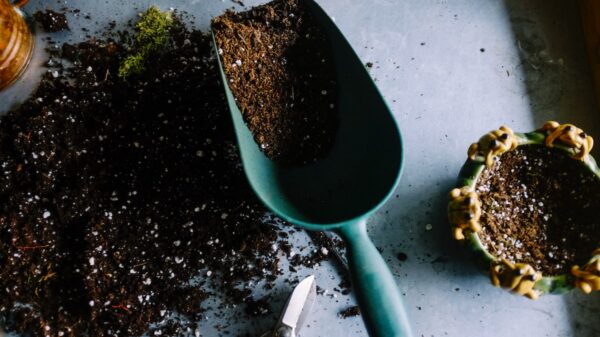Plant Fertilizer Frequency
Maybe you just got a new houseplant or a small garden in a planter box. Or maybe you’ve been taking care of plants for years and have developed an eye for when it’s time to fertilize.
So, exactly how often should I be fertilizing my plants? The answer is, it depends! Different types of plants have different fertilizing requirements. Additionally, the type of fertilizer you use will dictate the frequency at which you should fertilize.
Keep reading to learn more!
What is Fertilizer?
Vibrant photos of flowers are great to look at, but you might not know that some of the beauty they have can be credited to plant fertilizer.
Fertilizer is a type of chemical that plants take in through their roots. This chemical is broken down into nutrients and water, which can then be used by plants for energy.
These nutrients help the plants grow so they can produce flowers, fruits, seeds, etc., while also helping with other processes like photosynthesis.
Fertilizer doesn’t just come from organic sources; it can also be synthesized in labs to provide specific nutrients that are needed by certain types of plants. This helps farmers grow crops more efficiently without having to worry about using too much or too little organic fertilizer.
Plant fertilizer may have been discovered by accident, but its ability to help plants grow has led to a whole industry based around it. And as technology moves forward this industry may only get bigger and better!

Purpose of Plant Fertilizer
Plant fertilizers are substances that supplement the nutrient needs of plants. All essential nutrients must be available to a plant for it to grow and develop normally.
These include nitrogen, phosphorus, potassium, calcium magnesium, and a host of other micronutrients such as iron, zinc, copper, and manganese among others.
Because plants cannot manufacture these elements themselves (except some bacteria), they must obtain them from their environment or their ‘soil’. This necessitates the use of mineral fertilizers that contain macro-and micronutrients.
Important Plant Nutrients
Nitrogen, phosphate, and potassium are the three most important nutrients that plants need to grow. These elements are normally present in the soil, but they are often depleted as plants absorb them for growth. Plants grown in containers require more frequent fertilization than those planted directly into the ground.
Nitrogen is a key macronutrient that all plants need to survive and helps build sugars and proteins needed for cell development and growth. Plants with too little nitrogen will be stunted and stressed, while plants with too much nitrogen may show no signs of stress but actually be unable to use the excess nitrogen.
It is essential because most soils do not have enough usable forms of nitrogen. This process is what makes most organic fertilizers so important- they add usable nitrogen that would otherwise not be available to the plant.
Phosphorus is used by plants in many ways for growth and development such as cell division, root development, photosynthesis formation, respiration, and energy transformation. Phosphorus can increase crop yield by 30-50% when combined with improved genetics.
Potassium works closely with nitrogen for proper chloroplast functioning and carbohydrate metabolism of the plant so it uses water more efficiently during hot weather. Potassium deficiency can cause a loss of turgor pressure in cells.
This leads to wilting of the leaves so there mustn’t be too much nitrogen or potassium because if either one of these elements is deficient or too abundant, problems arise.
Fertilizer Types
There are two main types of fertilizer: organic and chemical/synthetic fertilizers. Chemical fertilizer is manufactured by the processing of various raw materials into an end product which is then used to fulfill the requirements of the plant.
Organic fertilizers are derived from naturally occurring substances. The use of organic fertilizer is usually preferable because it does not contain harmful chemicals and has minimal environmental impact compared to chemical fertilizers.
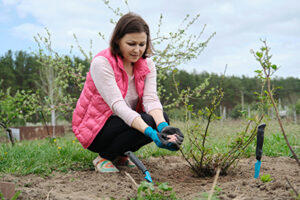
Chemical/Synthetic Fertilizer
These are usually manufactured using a large number of chemicals during processing. They are usually made up of 3-4 main ingredients including nitrogen, potassium, or phosphorous depending on what is required by the crop being grown.
The downside to this type is that they contribute to air pollution as well as burning away at organic matter making them unsustainable for long-term use. This also means they have a limited ability to nourish the soil after prolonged exposure compared with other types of fertilizer.
Organic Fertilizer
These are generally derived from naturally occurring substances that would otherwise be discarded or unused by other organisms in nature. They can come in a wide variety including animal waste, crop residues, seaweed, etc.
The advantage to this type is that they do not contribute to air pollution and take a much longer time to break down compared with their chemical counterparts which means they have a much greater ability to nourish the soil.
The downside is that it takes more planning/energy input on the user’s part because these fertilizers contain very little nutrients themselves so you need larger quantities when applying them.
Most fertilizers can be classified as either complete or incomplete. A complete fertilizer contains all three primary macronutrients (nitrogen, phosphorus, and potassium). An incomplete fertilizer may be missing one or more of these nutrients.
For example, calcium nitrate contains nitrogen but no phosphorus or potassium; dried blood is high in nitrogen content but low in both phosphorus and potassium; wood ash is high in potassium content but low in both nitrogen and phosphorus.
So How Often Should You Fertilize Your Plants?
When growing with soil potted plants, most people use a 50/50 mixture of potting soil and perlite (or peat moss). This is great because it provides the necessary nutrients that the plant needs while still having good aeration and moisture retention properties.
However, this type of soil has not been pre-fertilized and will need some help from time to time to keep your plant healthy and strong. Typically, if you notice that the leaves of your houseplant are yellowing and there is a small amount of scorching on the tips, it’s time to fertilize.
The best way to fertilize your plant is with a solution made from water and liquid fertilizer. Follow the instructions and measurements found on the product packaging to find out how much liquid fertilizer per how many gallons of water.
Applying Fertilizer to Outdoor Plants
If you’re using 2-part liquid fertilizer (which is usually labeled as “bloom booster”), follow the instructions for applying it every 2-4 weeks during spring and summer when plants need more nutrients to grow faster.
When fall comes around, switch over to 1- part liquid fertilizer (like all-purpose or general-purpose) which should be applied every 2-4 weeks, while you reduce the amount of water added to the mix.

Fertilizing Potted Plants
As for fertilizing potted plants using granular fertilizer, it’s important to know that some types of fertilizer do not smell great once they are exposed to moisture and heat inside your home.
This can burn the leaves of your houseplants if it is exposed directly to them, so keep this in mind when figuring out how often you should fertilize your plants.
Also note that many types of granular fertilizer also only work on contact, meaning that if you apply too much or water washes it away before it has had a chance to dissolve into the soil and get absorbed by roots, then you’re wasting money through the product packaging.
A good way to tell if your potted plant needs to be fertilized is when the lower leaves of your houseplants start looking yellow and dropping off. That’s when it’s time to apply fertilizer to nourish them with much-needed nutrients that will help them grow back healthier than before.
And whether you use a liquid or granular fertilizer, always water plants well first before applying a solution on top of the soil. This allows whatever type of fertilizer you’re using to dissolve into the soil more easily and have better results for helping your plants grow strong and healthy.
Fertilizing plants more often does not mean they will grow faster, but what it does mean is that the leaves will stay greener and more vital for a longer period of time.
If there are certain types of houseplants you want to bloom, be sure to find out what type of fertilizer they need to produce flowers. Otherwise, all-purpose liquid or granular fertilizers work well with most types of potted plants that you grow indoors.
Fertilizing two times a month during spring and summer is usually sufficient enough for keeping your plant looking bright and healthy throughout the year. And if you’re not exactly sure how often to fertilize your houseplants, it’s always better safe than sorry when it comes to their health and appearance.
So pick up some liquid or granular fertilizer and keep those plants growing and happy. If you still have questions about when, how, or why to fertilize your plants, contact a local professional!
Homemade Fertilizer
Before you go out and buy fertilizer, it might be worthwhile to know that some plant fertilizers can be made at home. A homemade fertilizer can be made by adding a few teaspoons of ammonia to a liter of water, then adding a teaspoon of urea, stirring well, and allowing it to sit overnight. This mixture should have an N-P-K ratio similar to 3-2-3 or 5-5-5 commercial fertilizer.


